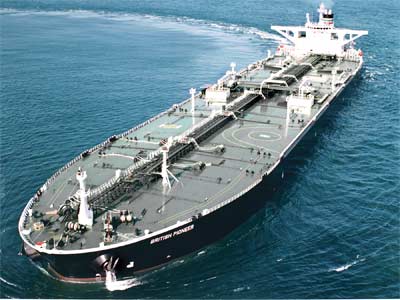The fast growth of huge refineries is encouraging the development of a new class of oil supertankers as traders start looking for scale and volume that were not previously economically feasible. Unlike previously when the closure of the Suez Canal prompted the construction of vessels capable of carrying 2 million barrels of crude to meet the world’s growing demand in the 1970s, this time burgeoning trade in oil products is spurring similar innovation. As a result of the transformation of the Middle East and the US Gulf Coast into refining hubs, bigger and bigger tankers are needed to carry oil products such as aviation fuel, diesel or gasoline to European, Asian and Latin American customers.
The world’s major oil companies, such as Vitol, Shell or Total, have already reserved ships that can carry as many as 1 million barrels at once, which is more than three times more than the typical size of a vessel carrying oil products. Tankers that were previously used to carry oil are beginning to carry other products and instead new ships are being specifically constructed to carry more oil products more efficiently. Only one such a tanker could carry enough to meet 20 percent of Europe’s daily diesel consumption.
Anthony Gurnee, CEO of the tanker operator Ardmore Shipping Corp, explains that “as the scope of the product market grows, so does the complexity … and that creates demand for tankers”. He also adds that “if you think back to the early 1950s, a supertanker was 27,000 deadweight (tons). Clearly over time, the scale evolves.” In the past, refineries were closer to customers and traders so they transported oil products to buyers in vessels carrying only about 40,000 barrels. The capacity of those refineries was mostly not bigger than 400,000 barrels per day (bpd), so refiners would have to produce for a couple of days only to fill one million-barrel tanker.




